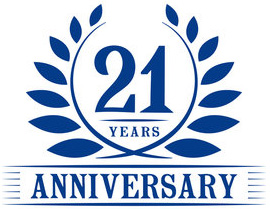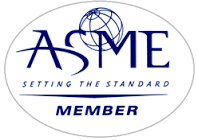
Burst testing
What is Burst Testing?
Burst Testing is pressure testing for pressure vessels and piping systems to estimate the allowable pressure a piece of equipment can take before it bursts or breaks. Burst Testing is used to compute the maximum allowable working pressure (MAWP) for vessels or parts under ASME VIII-1 UG-101 or Finite Element Analysis under ASME VIII-2.
Note: This guideline is for information only and is intended as an introduction to burst testing requirements pertaining to obtaining a Canadian Registration Number for an unlisted pressure-retaining fitting, pressure vessel, boiler, or other pressure-retaining equipment. Disclaimer: always consult the respective jurisdictional safety authority irrespective of the contents of this document.
Acceptable standards to Canadian safety authorities that include burst testing (other standards may apply. It is recommended to consult with the jurisdictional safety authority prior to conducting any burst testing):
- ASME Section VIII Boiler and Pressure Vessel Code, division 1, UG-101
- ASME B31.3 Process Piping paragraph 304.7.2 (c) which references ASME VIII-2, Division 1, UG-101
- ASME I Power Boiler and Pressure Vessel Code, Section I, A-22
- ASME B31.1 Power Piping, paragraph 104.7.2 (c) which references ASME I, section I, A-22
- ASME IV Rules for Construction of Heating Boilers, section HG.
- ASME B16.9 Factory-Made Wrought Buttwelding Fittings, section 9
- MSS-SP-97 Integrally Reinforced Forged Branch Outlet Fittings – Socket Welding, Threaded, and Buttwelding Ends, annex B
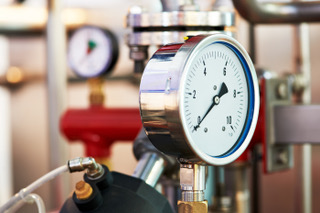
Key Considerations while Burst Testing for CRN Number
Burst Testing involves evaluating the safety integrity level to evaluate all factors of safety such as code of construction, material selection, allowable working pressure, design code for custom systems, or heavy lifting equipment to establish an ultimate pressure rating by containing pressure tests using internal and external pressures.
Requirements for proof testing to establish MAWP are provided in Paragraph UG-101 in ASME Section VIII, Division 1 of the ASME BPVC. Provision is made in these rules for two types of tests to determine the internal maximum allowable working pressure:
1. tests based on yielding of the part to be tested. These tests are limited to materials with a ratio of
minimum specified yield to the minimum specified ultimate strength of 0.625 or less.
2. tests based on bursting of the part.
Requirements for permitted proof test procedures are specified in the following paragraphs in 1992
and 2015 editions of Section VIII, Division 1 of the ASME BPVC.
• Paragraph UG-101(l) – Brittle-Coating Test Procedure
• Paragraph UG-101(m) – Bursting Test Procedure
• Paragraph UG-101(n) – Strain Measurement Test Procedure
• Paragraph UG-101(o) – Displacement Measurement Test Procedure
• Paragraph UG-101(p) – Procedure for Vessels Having Chambers of Special Shape Subject to
Collapse
In Canada, a CRN (Canadian Registration Number) may be obtained by means of burst testing provided that the pressure equipment is unlisted. For more information on listed vs. unlisted pressure equipment see the article in our newsletter of 2016.
Regardless of how one arrives at the conclusion that burst testing is required, once embarking on burst testing it is very important to keep in mind that some jurisdictions of Canada require a more stringent approach than others.
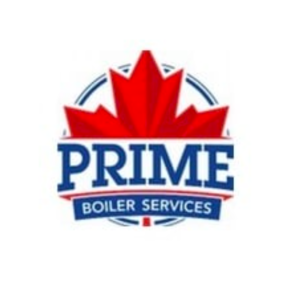
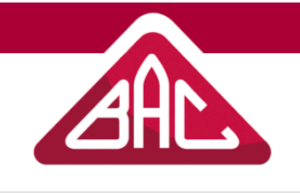
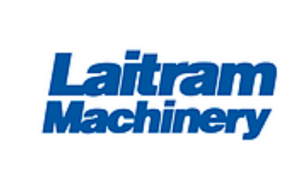
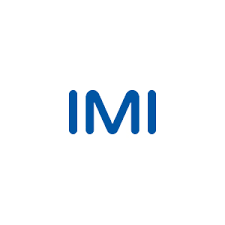


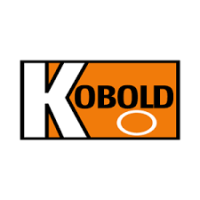
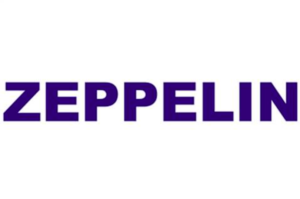
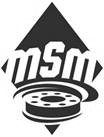
Proof/burst test report
A burst test conducted for the purpose of obtaining a CRN is required in Canada to be witnessed by a manufacturer’s representative and by provincial/territorial authorized inspector (when the test is conducted in Canada) or witnessed by an ASME National Board Authorized Inspector with a valid commission type A – new construction.
The burst test report is to include a number of key elements as per the following bullet points:
the code or standard used to conduct the test and the test method
identification of the part tested by drawing and revision number, complete material specification, size or size designation, and the complete material specification
provide test gauge serial number and last calibration certificate
provide calculations relevant to the code or standard chosen
indicate the pressure the test was stopped at, the mode of failure and any observations or reasons for stopping the test
for tests conducted outside Canada, a copy of the ASME National Board Authorized Inspector’s commission card – front and back
the signature of the witness and the manufacturer’s representative on the test report
drawing(s) of the tested part on which the tested sample part number and complete material specification is provided
The foregoing list is not comprehensive. For example, some code or standard burst test calculations require an actual tensile value result derived either by cutting at least three (3) tensile samples per a test standard such as ASTM E8 Standard Test Methods for Tension Testing of Metallic Materials. However, it may be acceptable to use the minimum tensile value reported on the mill test certificate report if the parts are too small to cut tensile test samples from. That said, the line of acceptability between too small to pull test versus just right varies with the perspective of each SCC authorized code survey engineer.
Another ambiguity relates to what the burst test report itself needs to contain versus what the drawings enumerate. One could say that as long as all data is traceable via a drawing/catalog number, part number, or serial number to the heat/cost/lot # of the material of construction that is sufficient. However, others believe in the redundant listing of all of the above on both the test report and drawings/catalogs. This kind of ambiguity can cause entire tests to be thrown out. The bottom line is that it is important to document as much data as possible on both the test reports and drawings to satisfy any prescriptive interpretations of the test code or standard rules.
In conclusion, burst testing requires more than meets the eye, and should probably be treated as a negotiation between the safety authority reviewer and the manufacturer who intends to test unlisted pressure equipment for a CRN application.
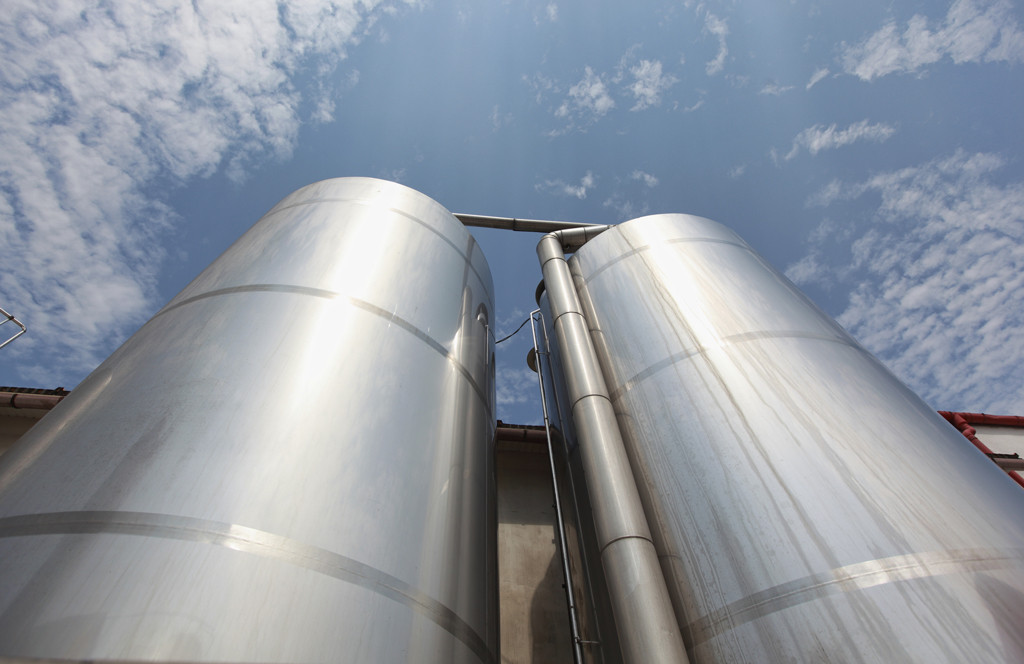
toll free +1 800 820 0092 Germany toll free 0800 181 0229 International +011 49 800 181 0229 About Contact
TITAN RESEARCH GROUP © 2024, All rights Reserved. Terms of Use Privacy & Disclaimer sitemap

